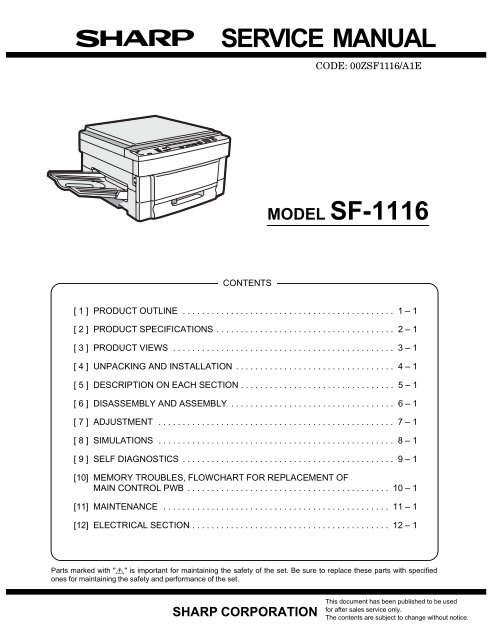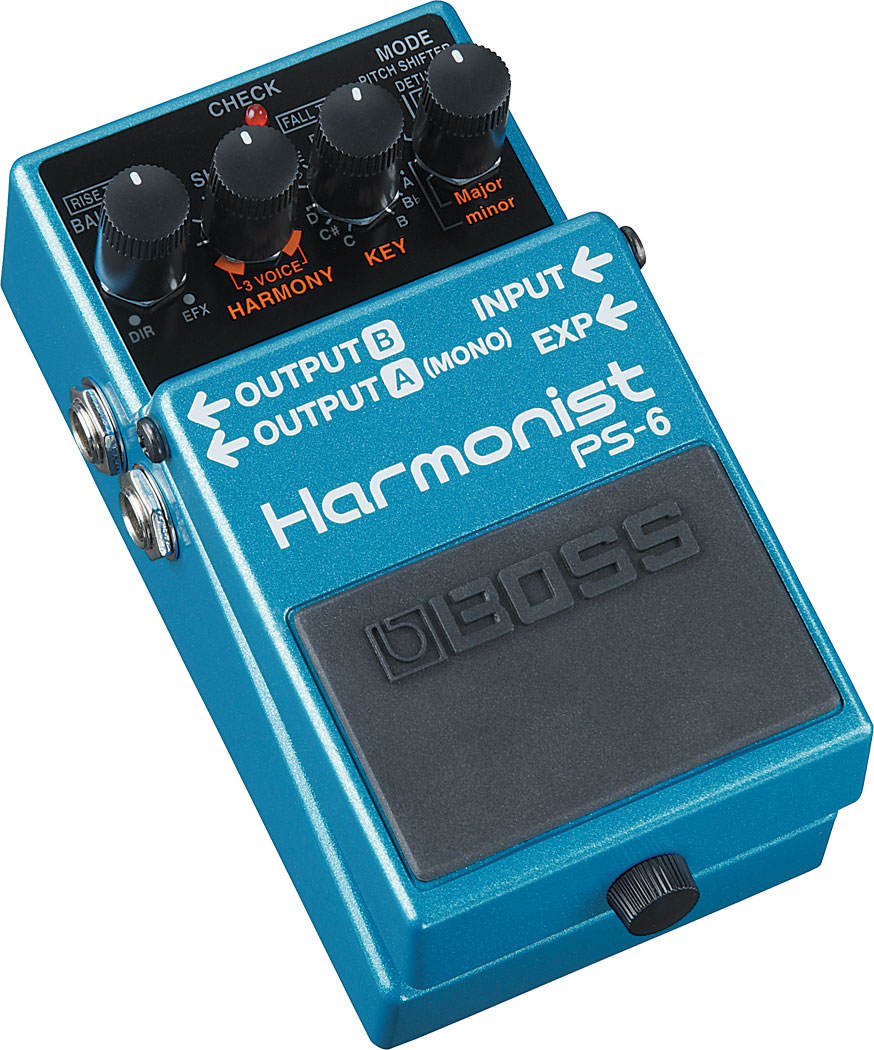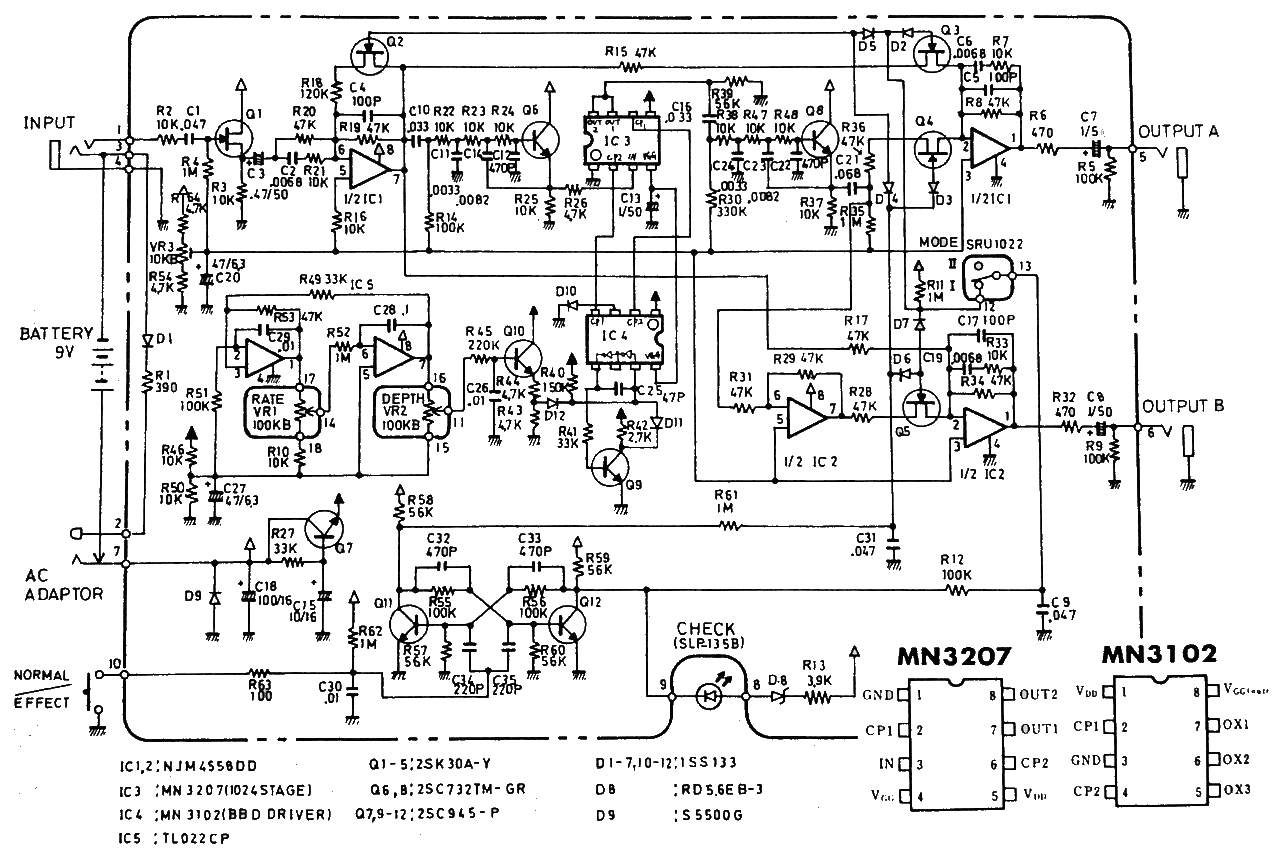


The DD-2 set the standard for the flurry of digital delay stomps that would come after from BOSS and other manufacturers, and every one of them owes its heritage to this revolutionary pedal.

With its max delay time of 800 milliseconds and clear-yet-warm tone, the pedal was an instant smash and a must-have item. The heart of the DD-2 is a custom IC chip developed for Roland’s SDE-3000 rack delay, a longtime favorite of guitarists such as Steve Vai.Īfter an intense development period, the DD-2 was released. The world’s first digital delay in stompbox form (and also the first digital pedal of any type from BOSS), the DD-2 put the much higher audio fidelity and increased delay range of studio rack processors within easy reach of every musician. (The Waza Craft DM-2W, introduced in 2014, faithfully recreates the DM-2’s original sound while adding additional range and features.) 1983: DD-2 Digital DelayīOSS and Roland are widely recognized for creating many milestone products in the music gear industry, and the DD-2 is most certainly one of them. Over 30 years after it was discontinued, the DM-2 remains highly sought-after by players everywhere, and is a hot commodity on the used pedal market. This compromise contributed to the DM-2’s characteristic warm, enveloping tone, which blends so well with a guitar or any other input signal. One of the ways they did this was to limit the frequency response of the effect sound. To achieve a maximum of 300 milliseconds delay time, BOSS engineers had to stretch the capabilities of the BBD chip used in the pedal. Unlike the subsequent BBD-based models in the DM series, the DM-1’s circuit used a charge-coupled device (CCD), an electronic component that went on to be widely used in digital cameras. While limited in frequency response and versatility in comparison to a Space Echo, the analog DM-1 had a very nice sound and provided delay times up to 500 milliseconds. The DM-1 Delay Machine-the very first BOSS delay unit-provided a more affordable and compact alternative. In the 1970s, a lot of musicians wanted echo effects, but not all could afford the state-of-the-art at the time, which was represented by expensive tape-based units like the previously mentioned Space Echo. There’s a lot to cover, so let’s get started with the rundown! 1978: DM-1 Delay Machine The latest BOSS delay pedals represent the company’s “excellence by any means” philosophy completely-the Waza Craft DM-2W uses old-school, all-analog tech to modernize a retro classic, while the DD-500 employs the most advanced digital tech to go where no stompbox delay has ever gone before. To achieve these goals, BOSS has continually pushed the envelope with both analog and digital technologies, setting many trends that continue to influence the industry to this day. While BOSS has made rack and tabletop delay units over the years, the main focus has been on pedal-based effects that sound great, are easy to use, and affordable for all types of players.

Starting in 1983, rack units like the SDE-3000 Digital Delay were at the forefront in music tech, and they became vital components in guitar effects systems used by the biggest names in music. On the Roland side, the RE-201 Space Echo-first introduced in 1974-is widely regarded as the premier tape-based delay unit ever made. BOSS and Roland (its parent company) have been innovating with delay effects since their earliest days. Sit back and settle in as we run down the entire history of BOSS delay pedals through the decades, from 1978 to present.īefore we begin, let’s start with some brief background. To date, 20 different models have provided delay and echo effects in one form or another. Over the years, a rather significant number of BOSS pedals have been devoted to the delay effect, another essential sound tool for musicians, and guitarists in particular. And, of course, BOSS pioneered the famous chorus pedal in 1976, a now-standard effect that’s regularly used by players in every style of music. Among them are everyday guitar staples like overdrive, distortion, and reverb, as well as unique effects like Slow Gear and Slicer, just to name a few. Spanning the last four decades, BOSS has created well over 100 different types of effects pedals, and each one delivers both colorful sounds and colorful looks. Just a few of the many BOSS delay pedals through the years.


 0 kommentar(er)
0 kommentar(er)
